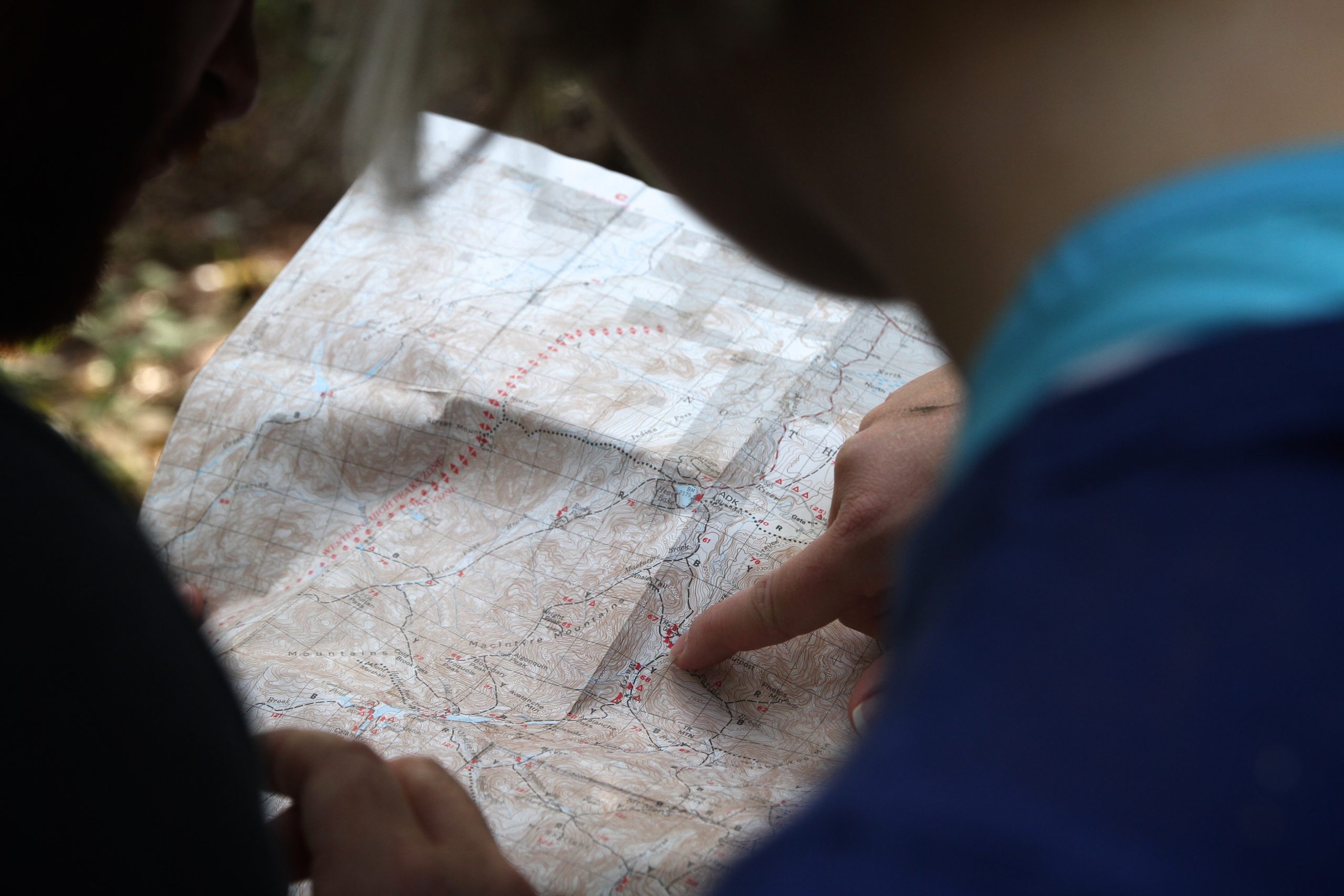Last week we released auto calculations for Net Promoter Score (NPS) and System Usability Scale (SUS) questions. This week we’re happy to announce we’ve released auto calculations of the Lostness metric.
What’s that you say? Not sure what the Lostness metric is?
Don’t worry, you are not alone. Here’s a definition, borrowing from Tomer Sharon in this article:
The lostness metric is a measure of efficiency using a digital product or service. It tells you how lost people are when they use the product. Lostness scores range from zero to one.’
So that gives some insight, but how does it relate to a Loop11 study?
I’m glad you asked!
The Lostness Metric in Loop11
In Loop11 we record the path a participant takes through a study, tracking all the pages they visit during a task, as well as the order and recurrences they make as they traverse through your product.
For any given situation, if a goal is defined, there is the minimum number of pages that a participant must visit to complete a task. For example, if the goal is to reach the contact page and the participant starts on the home page, the minimum number of pages to complete the task might be 2 page views. The home page and the contact page.
As participants progress through a test, most of the time they won’t choose the most efficient path, and sometimes depending on your architecture, they might get lost and visit many more pages than what is required.
This is where the Lostness metric comes in.
It helps you to understand how successful your product design is in relation to your participants navigation efficiency. The Lostness metric is a measurement between 0 and 1. Zero indicates no lostness and indicates a highly efficient design. Conversely, a 1 means you have big problems and your participants are completely in the dark when it comes to navigating your design.
If you’re interested in more information about the calculations for the Lostness metric, see Tomer Sharon’s article here.
Currently, in Loop11, we are limiting Lostness measures to tasks that have a success URL. You as the researcher will have two choice when measuring Lostness. The first is during the creation of a task. You will be able to enter the number of pages that correlate with the most efficient path to complete a goal.
In the second method, if you haven’t entered an optimal number, we look at the results of your study and use the minimum number of pages where a successful result was achieved. This option is not as good as the first as you could be given a slightly more positive Lostness metric due to the best performing participant still being relatively lost.
So how should I use Lostness?
One great way to use Lostness is in benchmarking, both competitive benchmarking and benchmarking between your designs. If you are trying to outperform an old design, or see where your competition is succeeding, then comparing Lostness metrics between projects can be a great reference.
Combining Lostness with time on task, success/fail metrics, heatmaps and video/audio from participants helps to paint a vivid picture for how your product is performing and where it can be improved.
Start your free trial of Loop11 today and get 3 projects for free.
![]() Give feedback about this article
Give feedback about this article
Were sorry to hear about that, give us a chance to improve.





